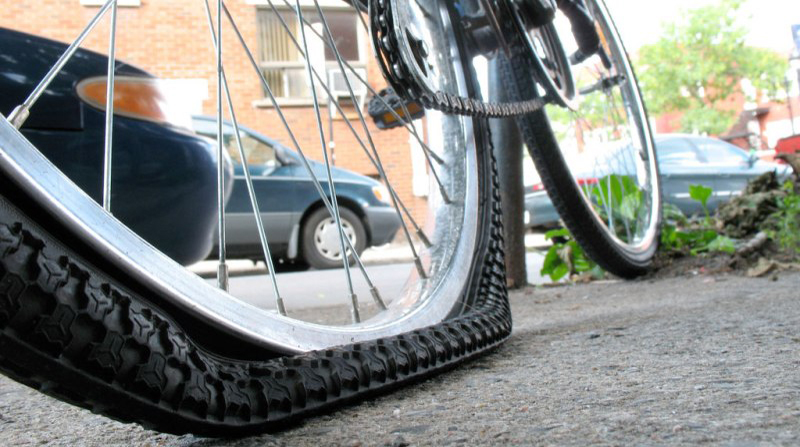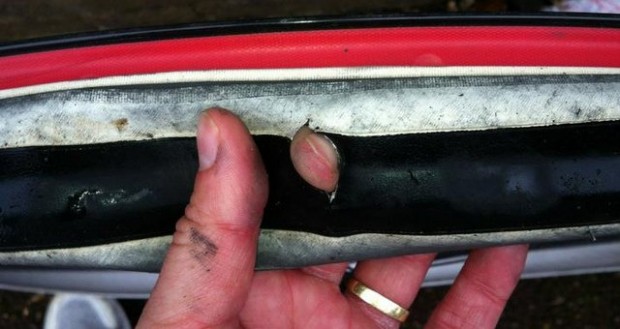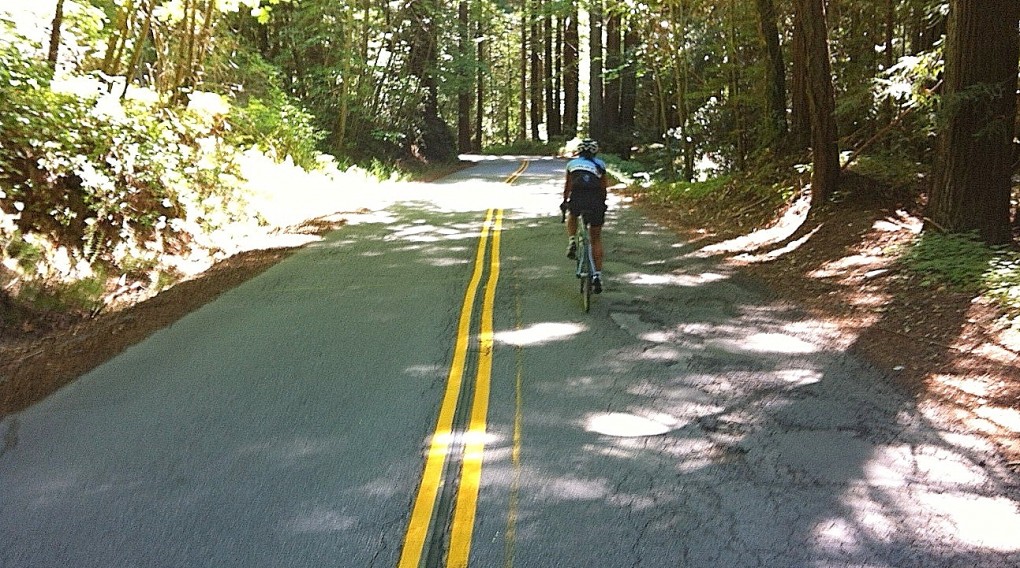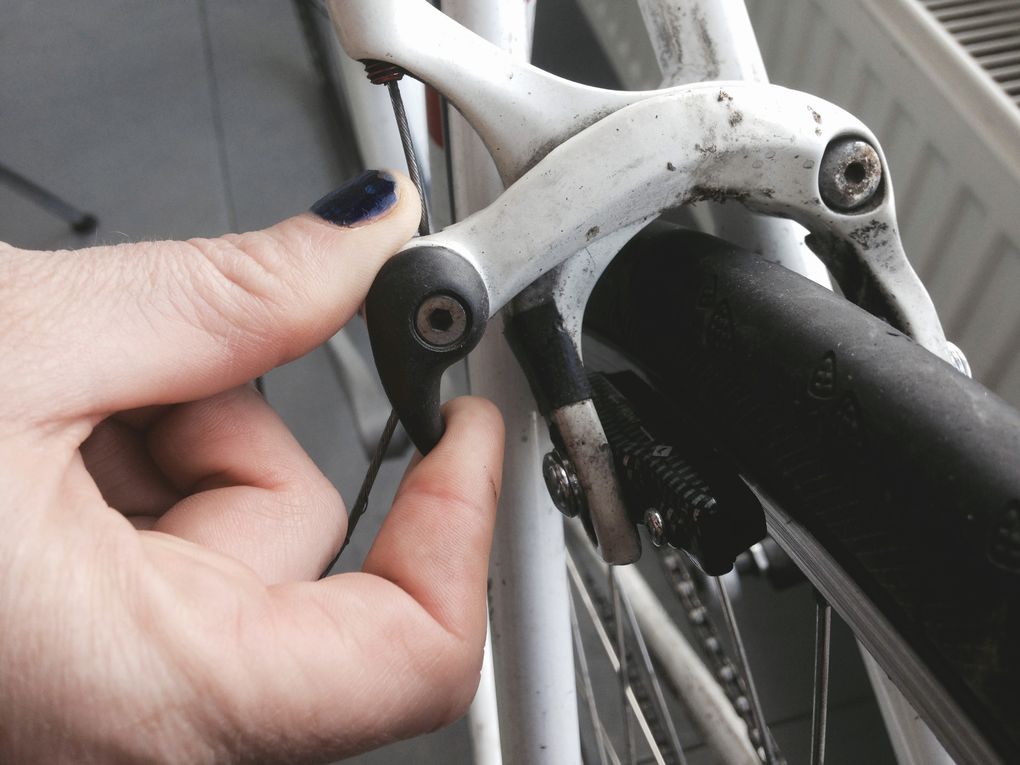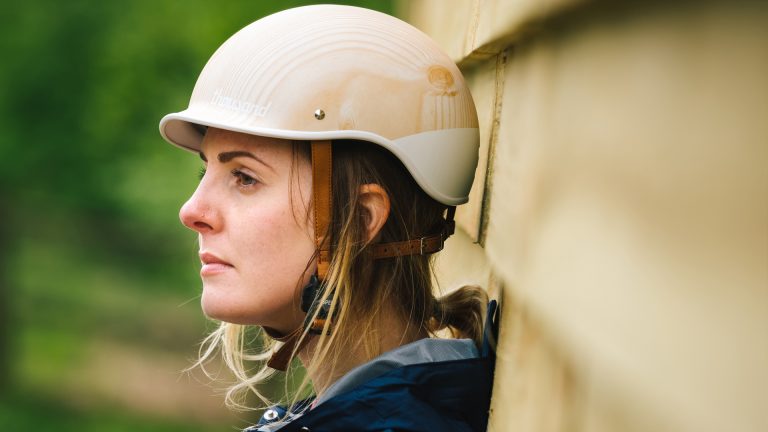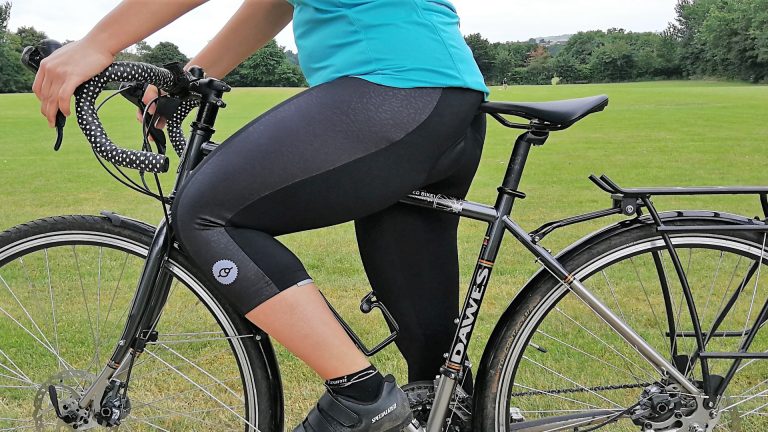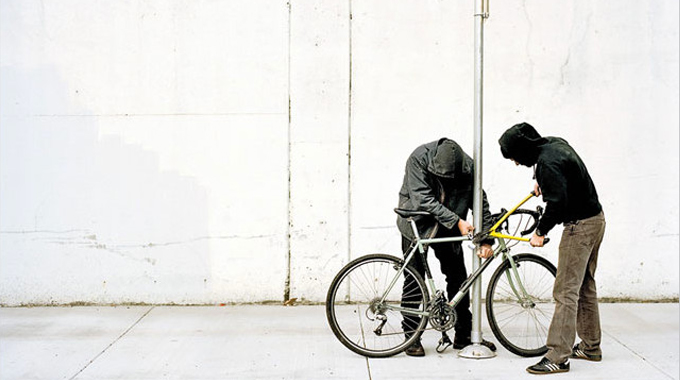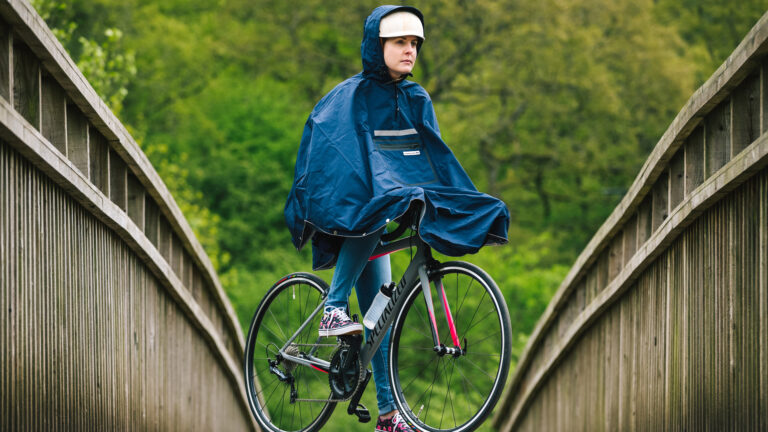Nobody likes a puncture – that soul destroying ‘hiss’ noise and the ‘thud, thud’ of a wheel that’s losing its pressure and grip on the road is always upsetting. Some punctures are just unavoidable – you can’t spend every ride with your eyes glued to the road looking for offensive sharp objects – but there are some caused by avoidable mistakes.
Here’s a look at some of the puncture causing errors, so you can avoid them…
Not sure how to fix them? Check out:
Not checking the tyre
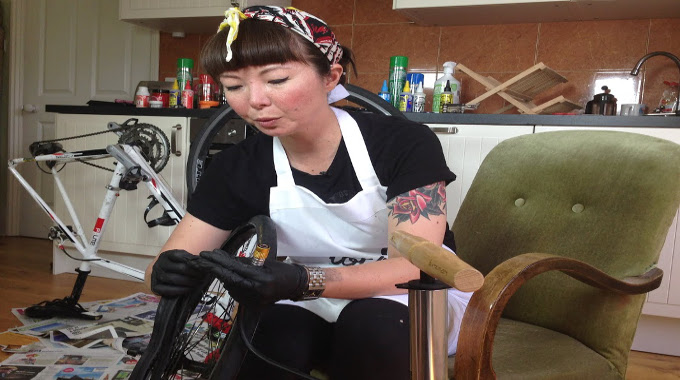
Punctures are generally caused by a small, sharp object (flint, glass, thorns) poking through the rubber and piercing the inner tube. Quite often the item stays lodged in the tyre – so if you don’t locate it and remove it, when you replace the inner tube it’ll only be quickly deflated by the very same little blighter.
Before you replace your tube, check where the valve is in line with the writing on the tyre (this is why mechanics try to line the two up), then pump up the damaged tube. Locate the snag by running the tube along your hand to find the area that’s hissing, and work out where in the tyre the object is likely to be. Then very carefully run your fingers along the inside of the tyre.
It might be that you don’t find anything, but if you do, remove it before fitting a new or mended tube.

